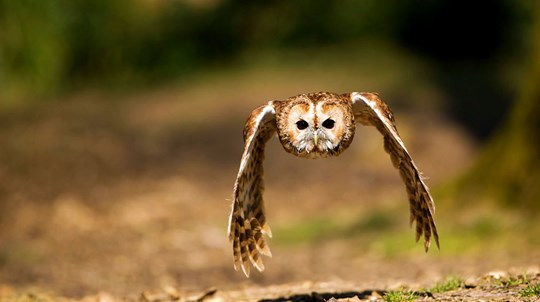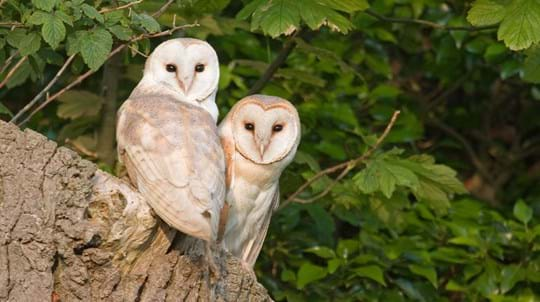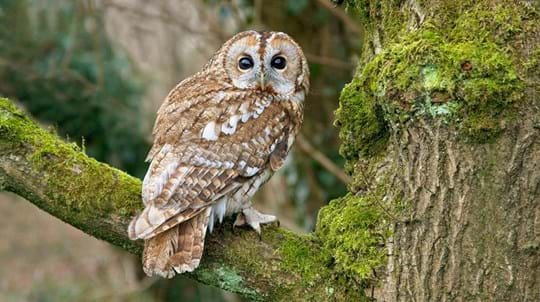
Credit: Mike Read / naturepl.com
How do barn owls breed?
While there is no set breeding season for barn owls (when they breed largely depends on food supply), it usually falls between March and August. As their name suggests, barn owls nest in the cavities of old barns and buildings, as well as the hollows of trees. Their nests are built on top of the previous year’s debris.
Around 4-6 eggs are laid, hatching just over a month later. Chicks are ready to fledge at around two months old.









